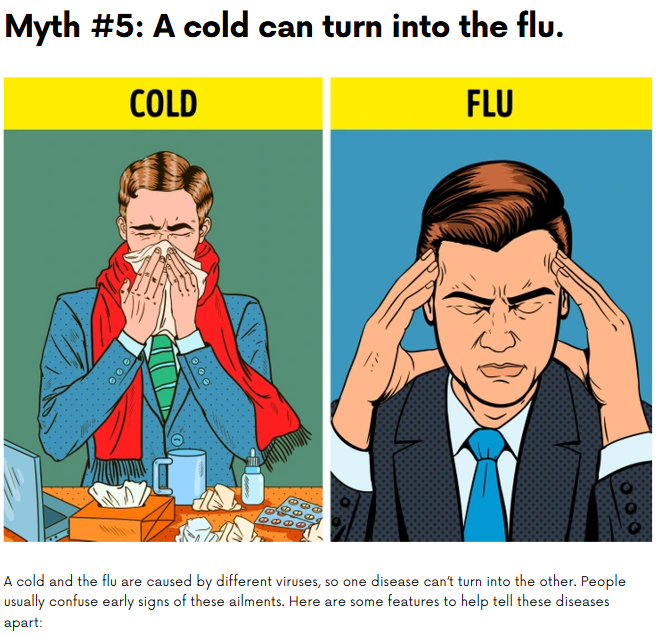Car insurance companies play a pivotal role in the framework of modern society, serving as essential intermediaries that facilitate the complex relationship between vehicle ownership, financial security, and risk management. With the increasing number of vehicles on roads worldwide and the attendant risk of accidents, theft, and other unforeseen events, the importance of car insurance has never been more pronounced. This essay aims to explore the nature of car insurance companies, their operational dynamics, the regulatory environment in which they operate, and the evolving trends shaping their future.
The Function of Car Insurance Companies
At their core, car insurance companies provide coverage that protects insured individuals against financial losses resulting from automobile-related incidents. These incidents range from minor fender benders to catastrophic accidents that can lead to significant medical expenses, legal liabilities, and property damage. The fundamental principle behind car insurance is risk pooling; the company collects premiums from a large pool of policyholders, thus distributing the financial risk among many individuals. By doing so, car insurance companies enable policyholders to mitigate the potentially devastating financial impacts of accidents or other occurrences involving their vehicles.
Car insurance typically encompasses several key components, including liability coverage, which protects the insured against claims made by third parties for bodily injury or property damage; collision coverage, which compensates for damage to the insured vehicle regardless of fault; and comprehensive coverage, which protects against non-collision-related incidents, such as theft, vandalism, or natural disasters.
The Operational Dynamics of Car Insurance Companies
Car insurance companies employ complex models for underwriting and claim management. Underwriting refers to the process of evaluating an applicant’s risk profile to determine the appropriate premium rates. Factors influencing these rates include the driver’s age, driving history, credit score, geographical location, and the type of vehicle being insured. Each of these variables plays a critical role in assessing the likelihood of a claim being made and the potential costs associated with that claim.
Once a policy is in place, claims management becomes essential. Insurance companies must have efficient processes to handle claims swiftly and fairly, fostering customer trust and satisfaction. Advanced technology plays a significant role in this realm, with many companies now employing artificial intelligence (AI) and data analytics tools to streamline claims processing and improve accuracy in damage assessments.
The car insurance industry is heavily regulated at both the state and national levels to ensure fair practices, transparency, and consumer protection. Regulations may dictate minimum coverage levels, premium rate-setting methods, and claims handling processes. Insurance regulatory bodies monitor compliance with these regulations to prevent fraudulent activities and protect consumers from deceptive practices.
[make_money]






[/make_money]
The Regulatory Environment
The regulatory landscape can vary significantly between jurisdictions, which adds a layer of complexity for national or multinational insurers. Companies must stay attuned to local laws and consumer protection measures while also striving to maintain their competitive edge in the marketplace.
Trends Shaping the Future of Car Insurance Companies
As the automotive landscape evolves, so too does the car insurance industry. Several trends are poised to redefine the way car insurance companies operate. One significant trend is the rise of telematics-based insurance, often referred to as usage-based insurance (UBI). By leveraging GPS and onboard diagnostics, telematics allows insurers to monitor driving behavior in real-time, leading to a more personalized premium structure based on individual driving habits. This not only incentivizes safer driving among policyholders but also allows for a more equitable pricing model.
Another critical trend is the increasing emphasis on sustainability and corporate social responsibility within the insurance sector. As consumers become more environmentally conscious, car insurance companies are beginning to offer incentives for policyholders who drive eco-friendly vehicles or who reduce their overall mileage. Insurers are also engaging in initiatives that promote road safety and reduce the incidence of accidents, further enhancing their societal role.
Conclusion
Car insurance companies serve as fundamental players in the modern mobility landscape, providing individuals with essential financial protection and risk management services. By navigating complex underwriting processes and adhering to rigorous regulatory standards, insurers fulfill a crucial need while contributing to societal stability. As the industry faces the challenges posed by emerging technologies and shifting consumer expectations, car insurance companies must adapt and innovate to remain relevant and effective. The interplay of risk assessment, regulatory compliance, and technological advancement will shape the future of this vital sector, underscoring the ongoing importance of car insurance in our increasingly mobile world.